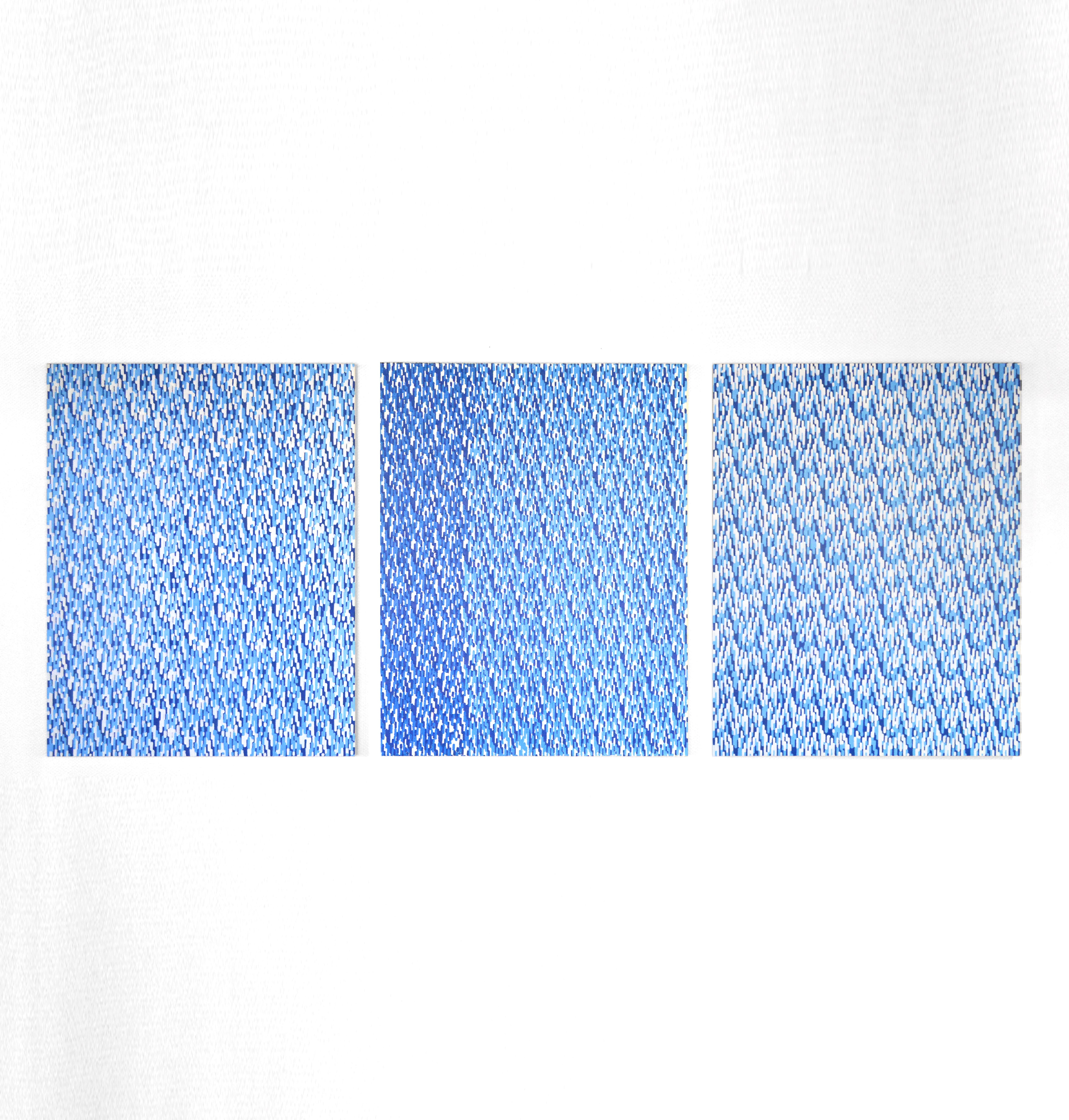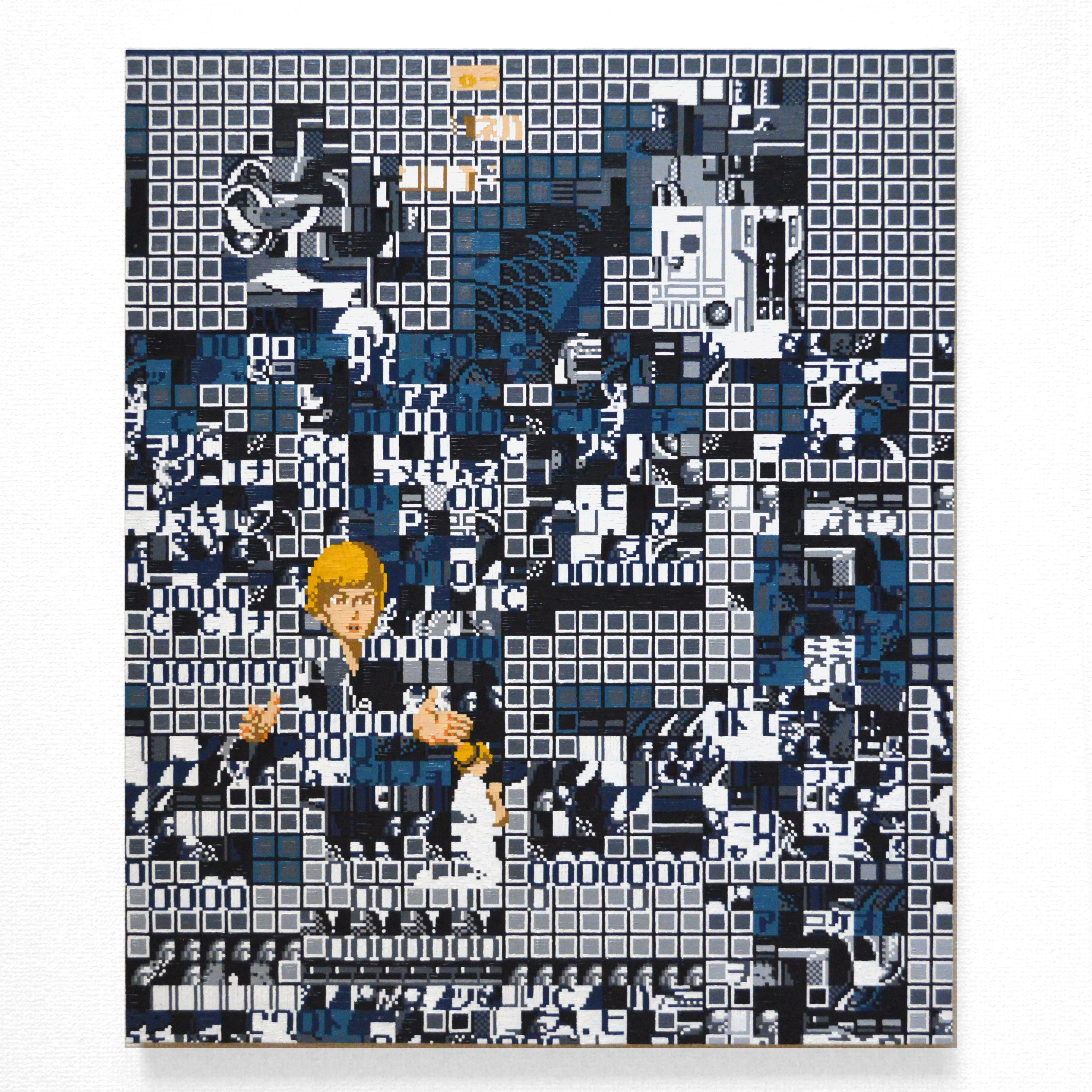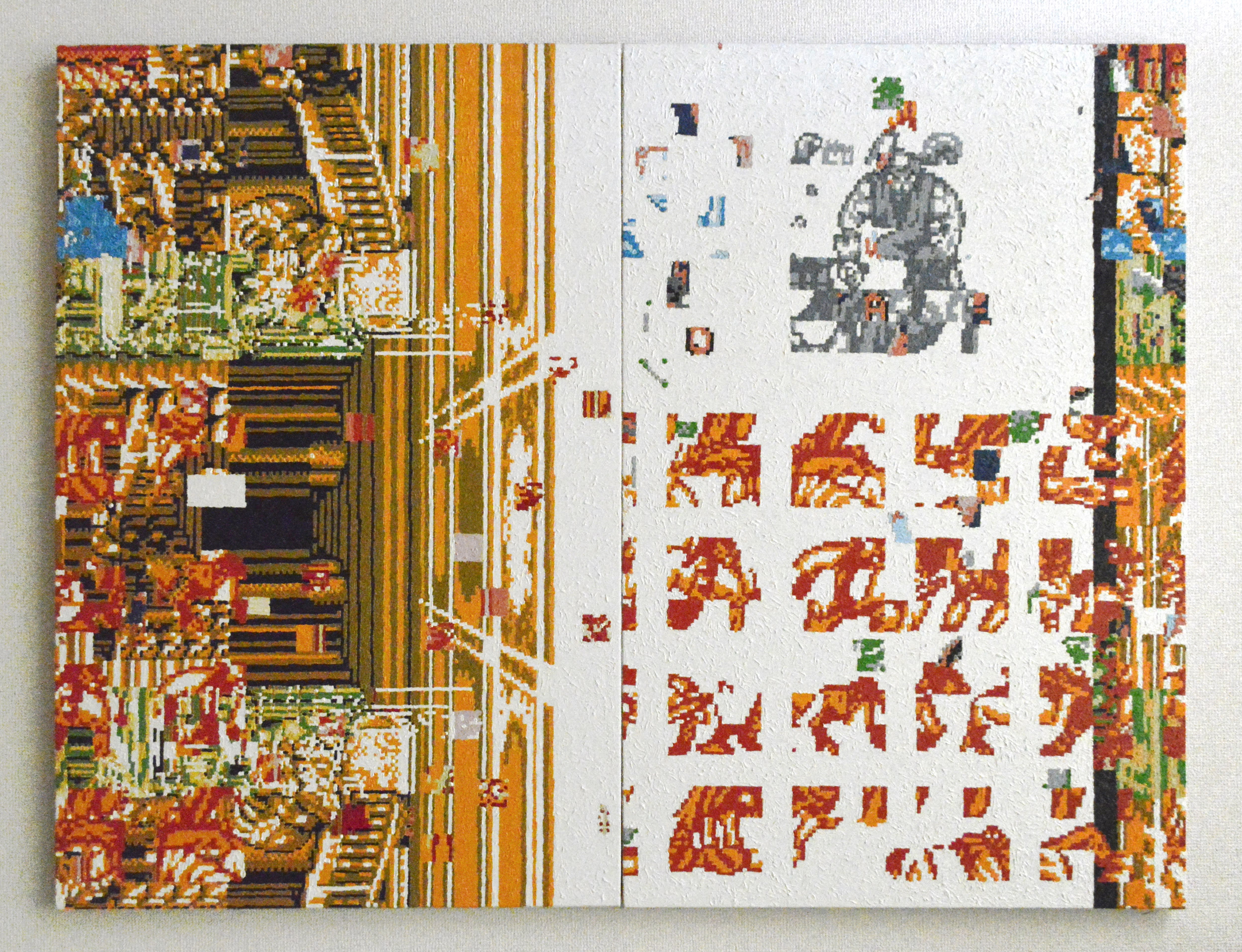
Delivering the Ultimate Reality of Everyday Life from a 6-Tatami Room to the World
Shun Okada was born in 1992 in a town called Tokai-mura in Ibaraki Prefecture, Japan, a region rich in natural beauty that could be considered Japan's original landscape.
However, this town was also home to Japan's first nuclear power plant, which led to rapid redevelopment and transformed the scenery into a new residential area in no time.
It was in this environment that Okada developed his unique sensibilities. During his second year of junior high he faced a period of school refusal, which oddly enough, became his introduction to the world of art. During his days of seclusion, he watched anime, played video games, and drew his favorite characters.
Simultaneously, despite a complex family environment, he attended an art school, eventually moving on to high school and later enrolling in Tokyo Zokei University. Drawing from his childhood experiences, Okada has continued his creative journey, infusing what he describes as "burdens" and "negative energy" into his works. It even resulted in his first solo exhibition at Tav Gallery in 2019.
Since then, he has been actively showcasing his work in exhibitions throughout Tokyo. The distinctive feature of his artworks, which explores the themes of the screens and glitches of the Famicom, lies in its peculiar relationship between digital and analog. His method involves projecting glitched screens onto a canvas and tracing them with a brush, manually filling in the missing parts. This approach reflects not only his status as a digital native but also the strong influence of his childhood spent in the natural surroundings of Tokai-mura.
What's even more intriguing is that Okada, born in 1992, has chosen to focus on the theme of the Famicom (and its glitches), a phenomenon that had a major boom in the 1980s. His response in the following interview sheds light on this choice.
While exuding an overwhelming power through meticulous brushwork, Okada's artworks evoke a sense of nostalgia. In October 2023, Okada Shun's works will make their debut at Asia Now through Sato Gallery, marking his first overseas exhibition. Keep an eye on Shun Okada, who combines his personal experiences with artistic exploration and eagerly ventures into new forms of expression.
AN: What kind of art did you like when you were in high school?
SO: When I was in high school, my art teacher showed me an issue of "Bijutsu Techo" (Ed: an art handbook) with a special feature on Francis Bacon (1992). I was deeply impressed. Francis Bacon's works aren't comfortable; they seem to affirm emotions like suffering and something venomous. At the time, my family environment wasn't great, and I was carrying the baggage of my school refusal days, so I was really drawn to it.
AN: Has your own style been influenced by that?
SO: Yes. The colors are bright, but beneath the surface, it's influenced by the situations I find myself in. In fact, even now, I sometimes feel down and unable to move forward, so I turn those feelings into energy and put them into my artwork.
The space of 6 tatami is the most standard living space for Japanese people, so it's the ultimate reality of someone locked inside that space creating. I hold Japanese life and spaces in high regard, so there's a natural connection to the size, appearance of the screen, and the motifs in my work.
AN: Why did you decide to depict glitches in your art?
SO: When I saw glitched screens, they looked like perfect paintings to me. I had been studying art until then, but no matter what I painted, it always ended up looking like a copy of someone else's work. However, with these screens, I realized they were one-of-a-kind and completely original, so all I had to do was replicate them. But the more I tried to replicate them, the more I couldn't. In the end, I threw paint at the canvas after trying to reproduce the glitches manually and accidentally created something good. That became "y's" (2015). In subsequent works, as I contemplated why that worked so well, I developed actions like flipping the screen or stirring a wet screen.
AN: What kind of works do you plan to exhibit this time?
SO: I plan to exhibit a series called "Water Fall," which is based on "Mega Man."
AN: Do you like "Mega Man"? It's interesting that you chose to depict the Famicom as a theme, considering you were born in 1992, and you're not part of the Famicom generation.
SO: No, not particularly [laughs]. But I have a deep respect for that form of expression and culture. I chose to depict the Famicom because that's where I first encountered glitches. That form of expression is very simple and connected to the unique sensibility of the Japanese people. I want to focus solely on depicting glitches because it allows me to be objective, as it's detached from personal attachment and simplicity.
AN: What do you want to bring to Paris exhibiting there?
SO: I want to convey the reality of creating art in a small 6-tatami room with a brush. The space of 6 tatami is the most standard living space for Japanese people, so it's the ultimate reality of someone locked inside that space creating. I hold Japanese life and spaces in high regard, so there's a natural connection to the size, appearance of the screen, and the motifs in my work. I hope to bring that atmosphere with me.
AN: What does art mean to you?
SO: I think it's a culture that becomes an integral part of life. In the course of our lives, traces of everything we have left behind manifest in the form of artwork. However, I somehow feel a discomfort in living in reality. There's something wrong with simply living. The moment I encountered glitches, it felt like I momentarily focused on the blurry reality, like suddenly finding focus in a blurred reality. I can somehow manage to live by confirming that sensation. As a result, artwork emerges as a trace of living.

(Waterfalls, 2022)

(0??????F0I0J0??Z0??????F0I0J0??Z, 2023)

(Title not yet decided, 2022)

(uu;O\T??0ne??[WS#0Q0n??w0U0o}uu;O\T??0nY'0M0U0kk??O??0Y0??0S0nX4T#0h0f0????w0De??[WR#0k0j0??0`0??0F0Ly??0k0oOU0k0??????O??0j0D, 2021)

